How To Travel Like A Food Writer: 12 Tips For Tasting The Best Of A Place
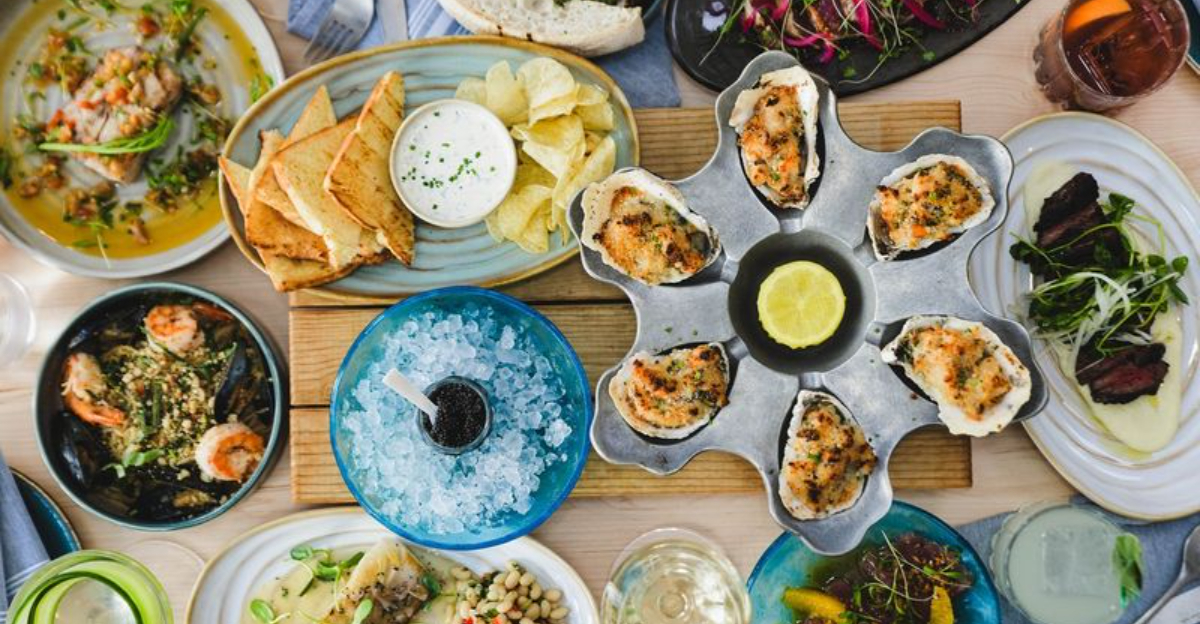
You don’t need a press badge or a book deal to travel like a food writer—just a curious palate and a little strategy. While most travelers chase landmarks, food writers chase flavor, digging into the stories behind every bite.
They skip the tourist traps, follow the scent of something sizzling, and know that the real magic often happens far from the menu’s spotlight. Ready to taste the world like a pro? These travel-tested tips will help you eat smarter, dig deeper, and find the dishes worth writing home about.
1. Start With Curbside Cuisine, Not Fine Dining
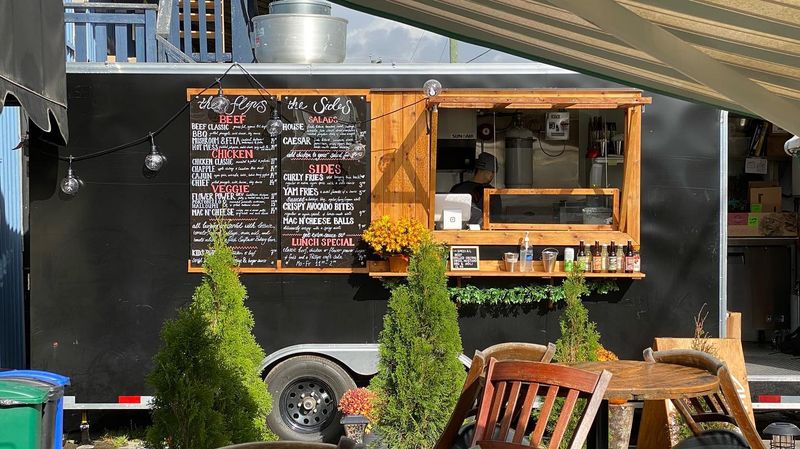
Street food offers a flavorful portal into a culture’s everyday life. By starting with street food, you dive headfirst into local flavors and culinary customs. It’s where everyday people eat, providing an authentic taste of what’s genuinely popular among locals.
Street vendors often serve dishes perfected over generations. You may encounter recipes passed down through families, providing a depth of flavor far beyond the tourist traps. These stalls are the beating heart of a city’s food scene.
2. Ask Locals Where They Eat (Not Where They Send Tourists)
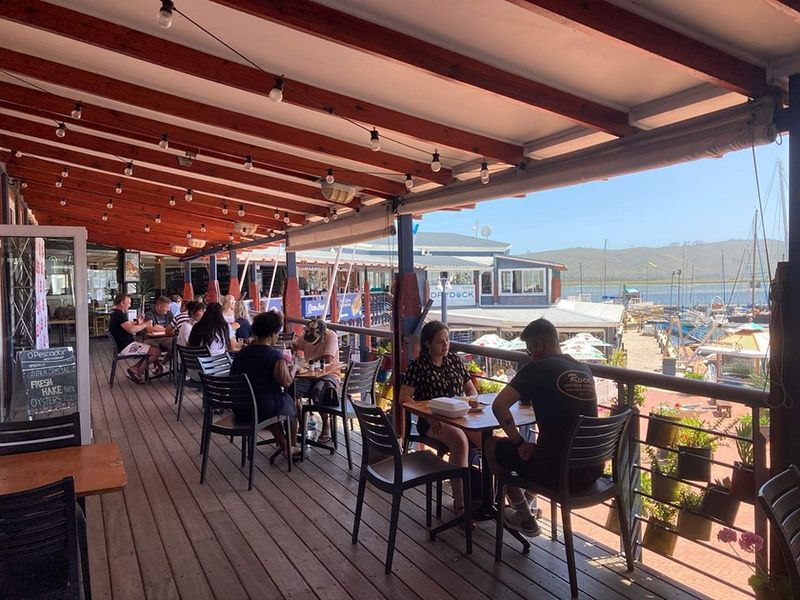
Locals hold the keys to the undiscovered culinary treasures of a place. Instead of asking for recommendations geared towards tourists, inquire about where they’d go for a meal themselves. This approach often leads you to humble spots with rich flavors.
Genuine interactions often reveal hidden gems, places where locals gather and authentic tastes are preserved. These are not the glitzy, flashy eateries but the ones with character and history.
3. Visit The Market First Thing In The Morning

Markets are the heartbeat of culinary culture. Arriving early allows you to experience the fresh vibrancy of the day’s first catch or harvest. You’ll witness daily routines and the bustling energy of local life just waking up.
This is when vendors are most eager, and their goods are at their freshest and finest. You might catch a vendor sharing stories about their produce or offering taste samples.
4. Time Your Trip Around A Food Festival Or Harvest Season
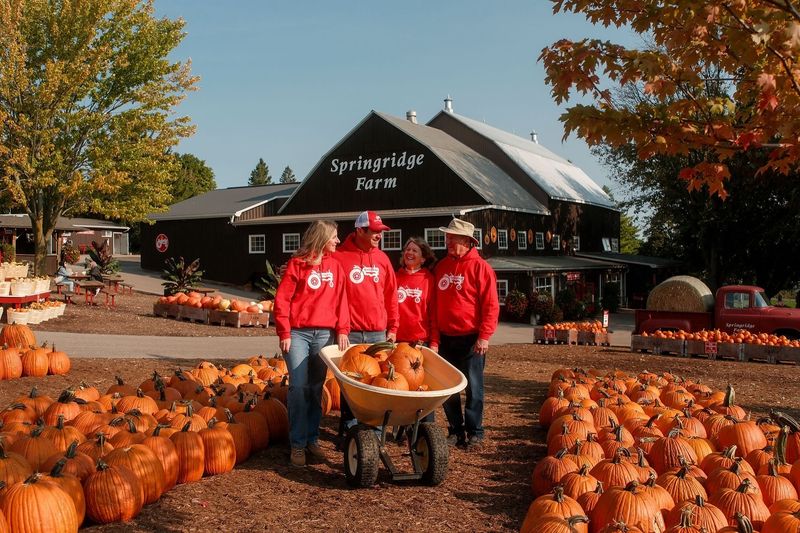
Music and art events aren’t the only thing worth planing your trip around. Culinary festivals and seasonal harvests offer a concentrated taste of a region’s best. Planning a trip around these events means you’ll sample the freshest and most celebrated dishes, often prepared with pride and tradition.
Such events are rich with cultural insights, showcasing signature dishes, local ingredients, and often a history lesson or two on the region’s food culture. It’s a feast for all senses.
5. Learn A Few Food-Related Phrases In The Local Language

Language is a gateway to deeper culinary experiences. Knowing a few essential food phrases helps bridge the gap between you and the local dining culture. It makes ordering easier and ensures you get exactly what you want.
Understanding terms for spice levels, allergies, or cooking styles can transform your dining escapades. Locals appreciate the effort, often rewarding you with smiles and even more authentic recommendations.
A simple phrase like “no spice” or “what’s your favorite?” can lead to delightful culinary discoveries and meaningful cultural exchanges over the dinner table.
6. Follow The Ingredients, Not Just The Dishes

Chasing the origin of ingredients leads to unexpected culinary adventures. By focusing on regional specialties like olive oil, cheese, or spices, you’ll uncover places that celebrate these ingredients in unique ways.
Such exploration leads you to farms, local production sites, or small eateries that take pride in these components. It’s a journey into the essence of flavors that define a region.
7. Book A Food Tour—Then Go Back To Your Favorite Spot Alone
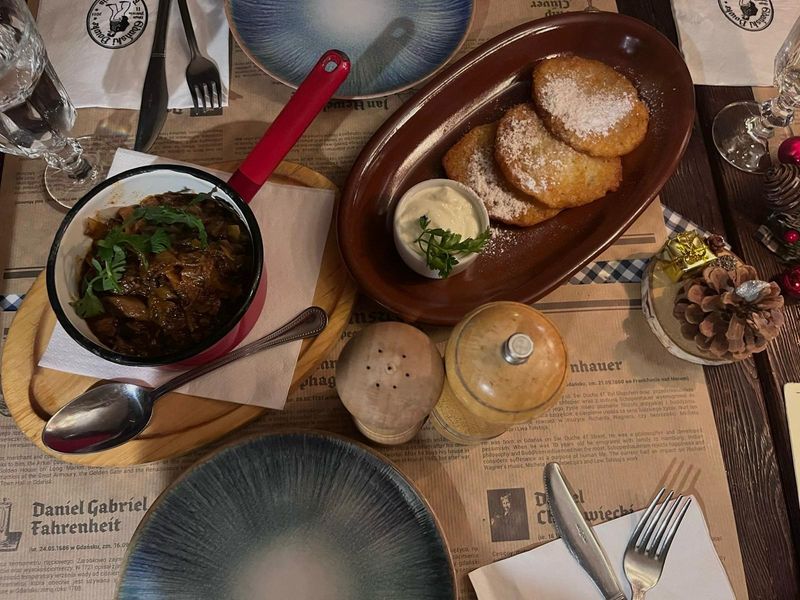
Local eats tours are a treasure trove of culinary insights. They introduce you to hidden gems and provide a curated experience of the local food landscape. But the real magic happens when you return to a discovered spot alone.
Alone, you can linger, savoring each bite and taking in the atmosphere at your own pace. It’s the perfect blend of guided discovery and personal exploration.
8. Keep A Food Journal (Or Voice Notes After Every Meal)
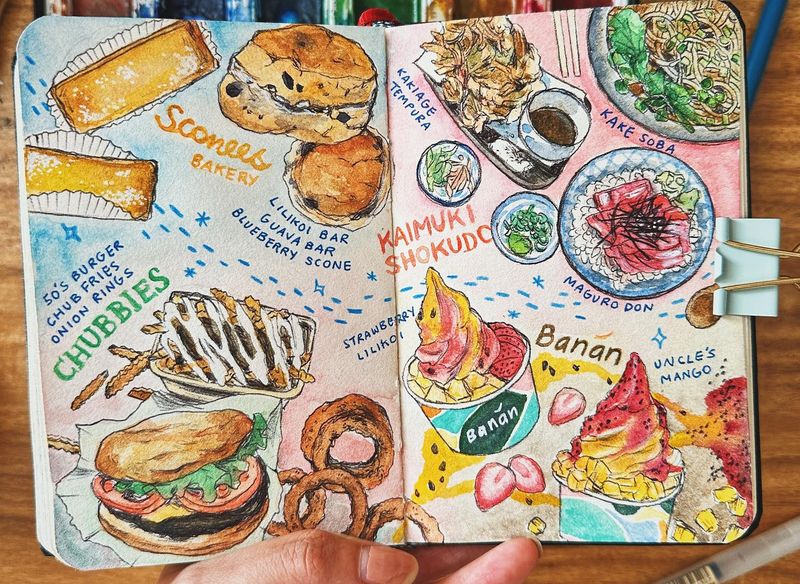
Memories fade, but words can bring them back to life. Keeping a food journal or recording voice notes helps capture the essence of each meal. It’s a tool for reflection and a keepsake of culinary adventures.
Document flavors, textures, and emotions experienced with each dish. This practice reveals patterns and preferences you might otherwise overlook.
Whether it’s the spicy kick of a curry or the creaminess of a local cheese, capturing these details enriches your travel experience and creates a delicious story to revisit time and again.
9. Explore Neighborhoods Outside The City Center
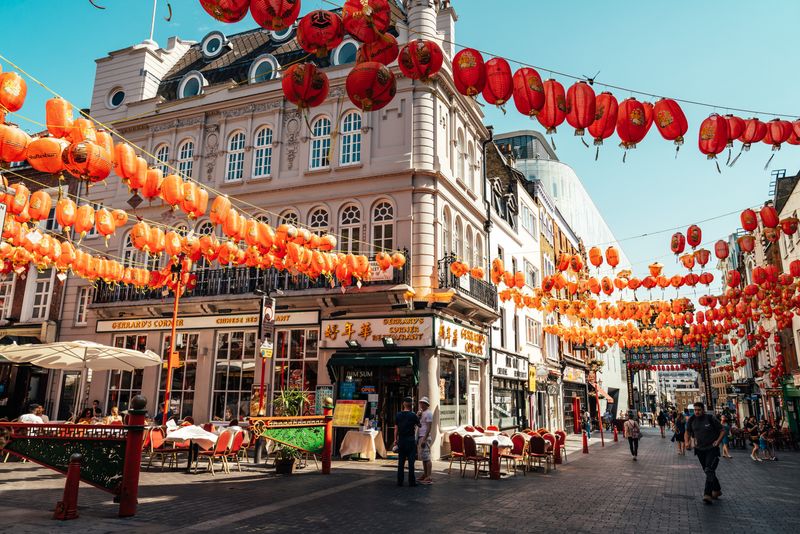
Hidden culinary treasures often lie beyond the bustling city center. Venturing into lesser-known neighborhoods unveils authentic eateries that remain untouched by tourist crowds. Here, the food is just as rich—if not richer—in flavor and authenticity.
These areas offer a taste of local daily life, where community and cuisine intersect in delightful harmony. Prices are often friendlier, and flavors are bolder.
Step away from the usual tourist routes and let curiosity guide you to neighborhoods that offer a true taste of local life and an unforgettable culinary experience.
10. Eat Something You’ve Never Heard Of—Daily
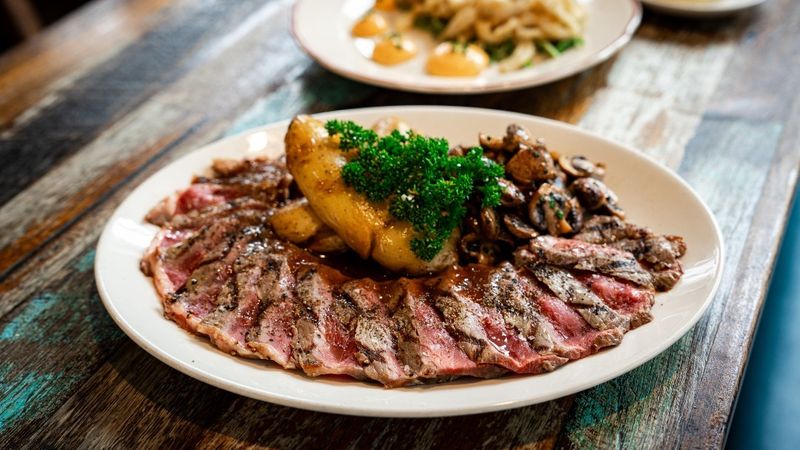
Every meal is an opportunity to expand your palate. By daring to try something unfamiliar every day, you embrace culinary diversity and broaden your understanding of a place’s food culture.
These adventures might challenge your taste buds but promise surprise and satisfaction. Whether it’s a peculiar street snack or a strange-looking dish at a local eatery, each bite tells a story. Approach each meal with an open mind, ready to be delighted by the unexpected.
11. Make Time For One Meal That Takes Hours
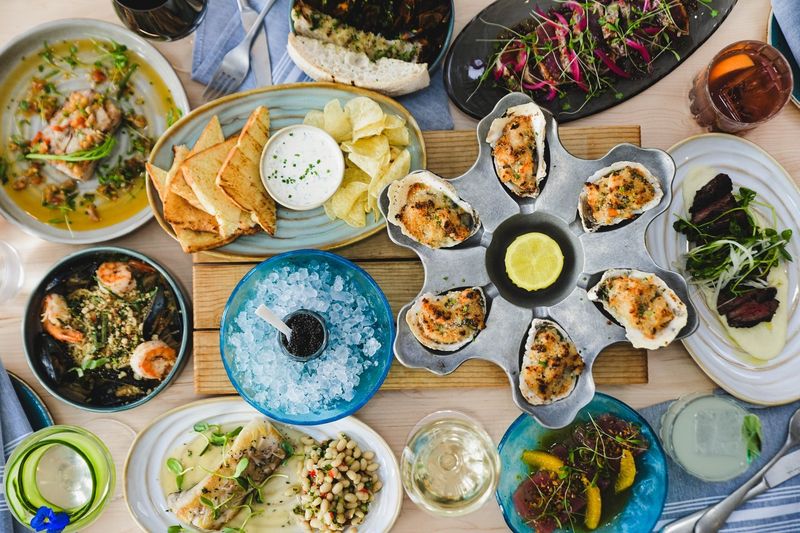
Slow down and savor the experience of a multi-course meal. Such meals are a cultural deep dive, revealing the rhythm and rituals of local dining traditions.
Taking your time allows you to appreciate the nuances of each course, often revealing a narrative or a journey of flavors. It’s a chance to connect with the essence of a culture through its dining customs.
12. Talk To The People Who Made Your Food

Behind every dish is a story waiting to be told. Engaging with chefs, cooks, or vendors adds a rich layer to your culinary adventure. It’s an opportunity to understand the passion and tradition infused into each meal.
These conversations reveal the history, inspiration, and love behind the flavors. They turn a meal into a shared experience, one that’s both personal and profound.
So, take a moment to express appreciation and curiosity, and you’ll leave with a deeper connection to the place and its people, far beyond the taste of the meal.
